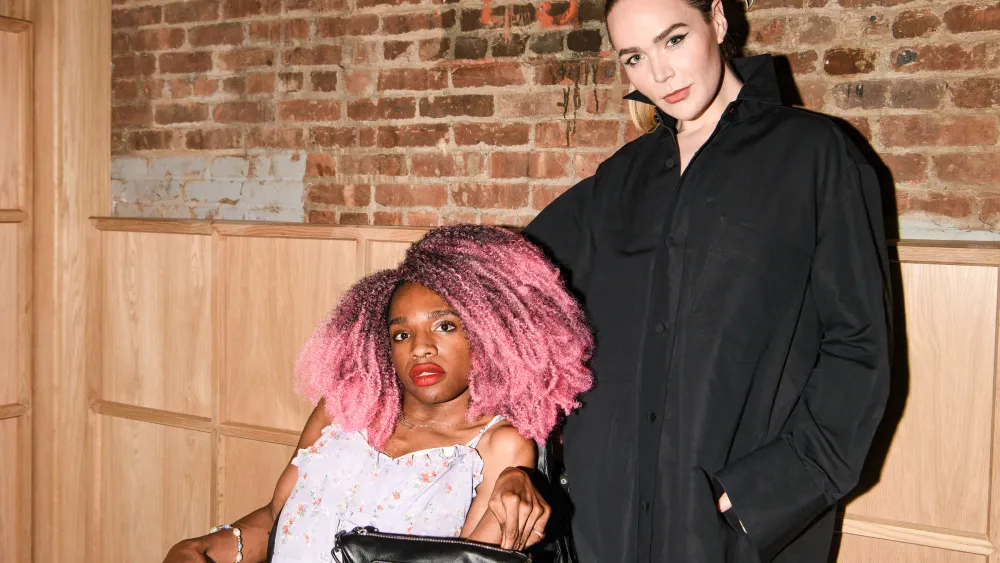Does fashion really fit all of us?
The fashion world can sometimes make people feel like they don’t fit if they use their clothes to show who they are, like trans, queer, or disabled people. Even though fashion brands put out a lot of stuff, some people still feel like they’re missing out. The New York School of Parsons thinks that a new program will change this. A well-known fashion school, Parsons, is working with an Irish author and disability rights campaigner, Sinéad Burke, to begin a program for disabled designers.
Breaking Down Walls: The Parsons School Fashion Student Program for Disabled People
The Parsons Disabled Fashion Student Program is a great idea with more than $500,000 to help three new students join Parsons’ fashion classes. Help with things like fees, living costs, and meeting accessibility needs is part of the support. The program’s goal is to make the fashion world more diverse by supporting and helping disabled artists.
A group of well-known teachers and high-end brands are supporting this project. One of the teachers is model Aaron Rose Philip, and another is Rachel Iseman from Fondation Chanel. A study on the experiences of handicapped students in fashion school is being funded by the Ford Foundation. The results will help shape the program and be shared with other schools. H&M is giving money to grants.
Parsons School Making fashion better one student at a time
People who want to join this program have until March to apply. The applications will be looked at by both the admissions committee and the program’s own selection committee, which is made up of disabled Parsons professors. In the fall, the first three students will begin their fashion education at Parsons.
They want to do more than just make fashion more available; they want to change the way people in the future think about fashion. Being disabled, Ben Barry is the head of fashion at Parsons. He says that fashion is about expressing our bodies, connecting with the world, and being cultural and artistic. On the other hand, it has been used to separate and make divides. The goal of this program is to get rid of those obstacles and bring people together.
The Mission for Equity and Inclusion of Sinéad Burke
Sinéad Burke started Tilting the Lens and is its CEO and founder. She is a campaigner for people with disabilities and has been on the cover of British Vogue and at high-end fashion shows. She wants this show to talk about the need for separation in the fashion world, even as people try to become more diverse. Burke says that fairness, inclusion, and accessibility shouldn’t depend on just one person, but should be a constant part of businesses.
Rose Aaron Philip, a trans model who was born with cerebral palsy and one of the program’s teachers, talks about her point of view. She wants to use this chance to do something good for her neighborhood. Philip had trouble paying for Paragon School, and he thinks that there are times when we can help others even when we can’t help ourselves.
Strong Will to Make Change Happen
This program isn’t just a show of goodwill; it’s a bold promise to make things better in the long run. When Ben Barry is dean, he wants to make changes to the school and challenge the idea that fashion is only for a few. To make room for kids in the program, the school may need to be changed, and Barry is working on many projects to make Parsons more diverse.
Wishing for a Future with More Acceptance
Rebecca Cokley, who works for the Ford Foundation and helps fund the program, wants disabled people to be able to go to Parsons all the time. She thinks this will help disabled people get more opportunities and be accepted in the fashion business. In the past, Cokley believes that small changes like labels and curb cuts have made a big difference. She also believes that this program is a step toward new ideas and real inclusion in the fashion world.
It’s not just about making fashion designers at Parsons; it’s also about breaking down barriers, changing minds, and making the fashion world a place where everyone feels like they fit.
